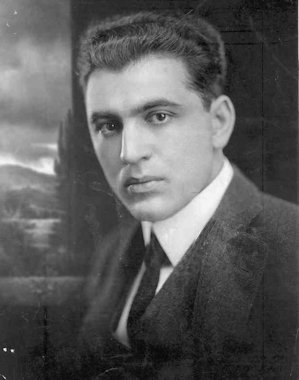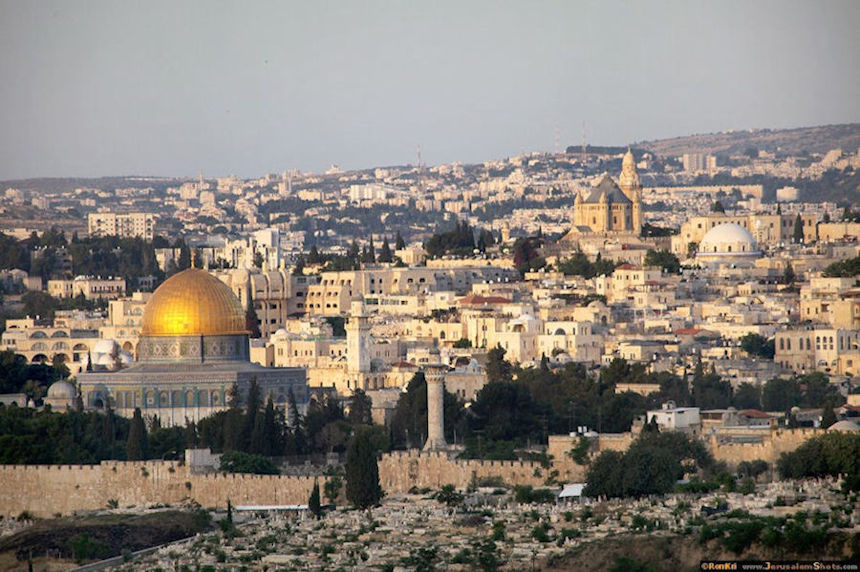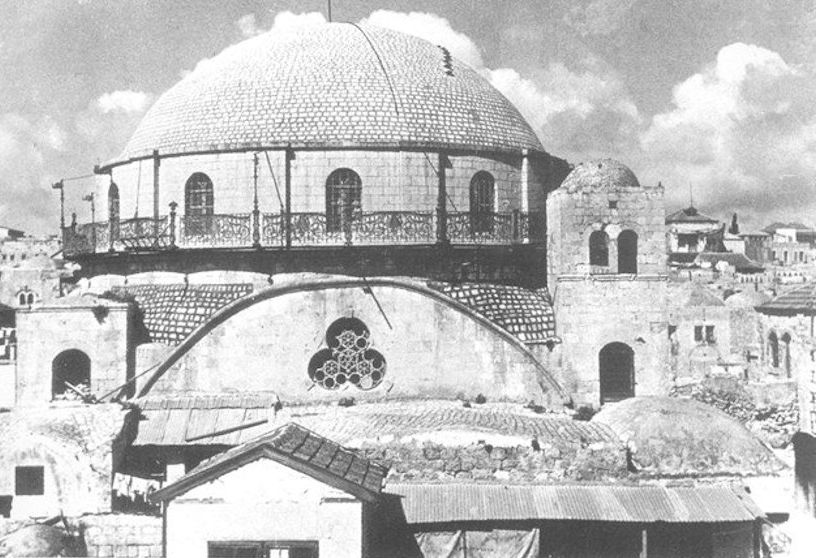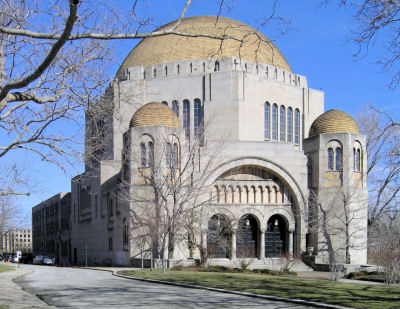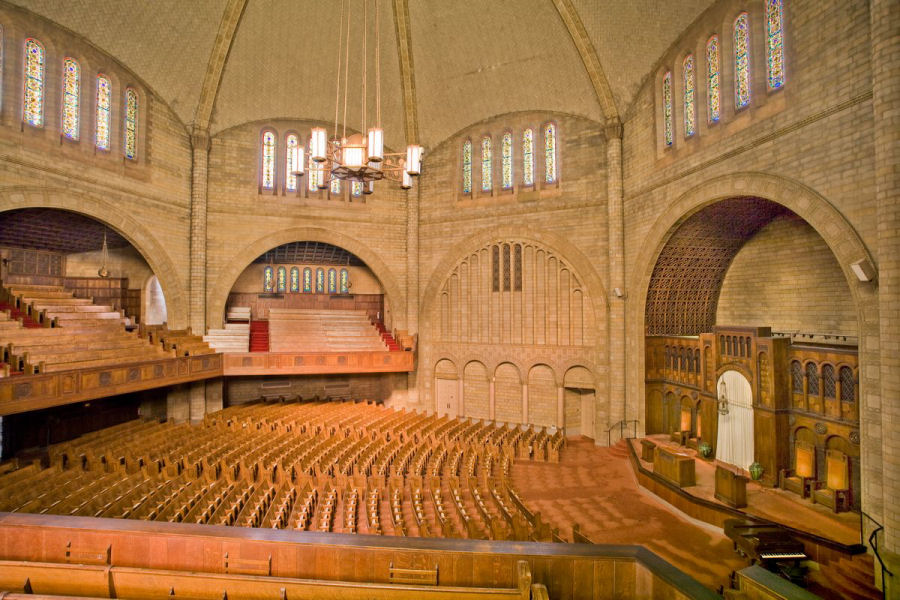|
|
|
|
|
|
||
|
Introduction Abba Hillel Silver, ordained at the Hebrew Union College in 1915, became rabbi of a small Reform congregation in Wheeling, West Virginia. He soon earned a regional reputation. In June 1917 he was called to The Temple in Cleveland, where Rabbi Moses J Gries had helped create one of the nation's largest Reform congregations. This pulpit and his extraordinary gifts soon put him on a national stage. In June 1919 he was named to a commission to spend a month in Palestine. It would be his first trip to Palestine. |
|
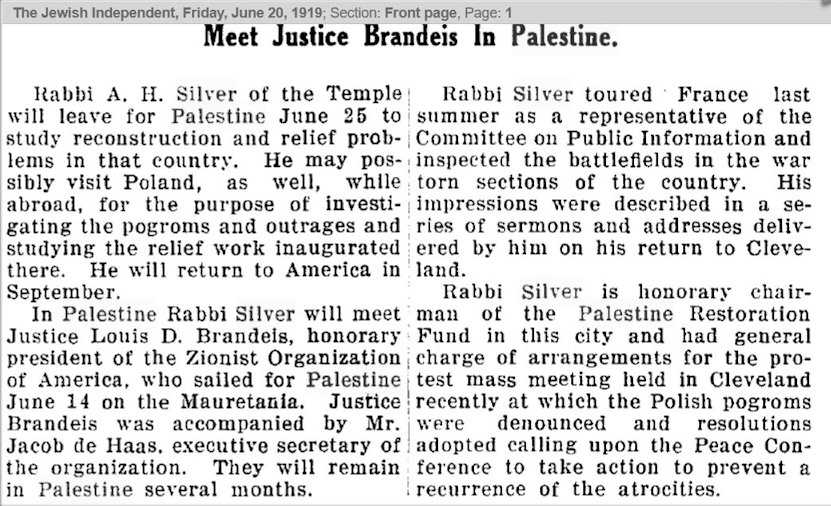 |
|
Coming to Jerusalem After traveling to Paris the delegation went to Egypt and then to Palestine. For Jews, Christians and Moslems, the first trip to Jerusalem is a special time. For Abba Hillel Silver, raised in an ardently Zionist family and an active Zionist since he was 13, his first visit would have been a peak experience, with heightened sensitivity — a life-long memory. The delegation, including Silver, would have visited Mount Scopus, the highest mountain near Jerusalem, for it offers the best view of the Old City. Their desire to see the most important building project of the day, the Hebrew University, would also have taken them there. The Old City as seen from Mount Scopus is shown below, in a 2010 photo. To adjust it back to 1919 when Silver viewed it, imagine that there are no modern buildings. What remains is what he saw: a barren area with several historic religious structures. Only one of them was Jewish, the white-domed building near the right, the Hurva Synagogue. |
|
|
